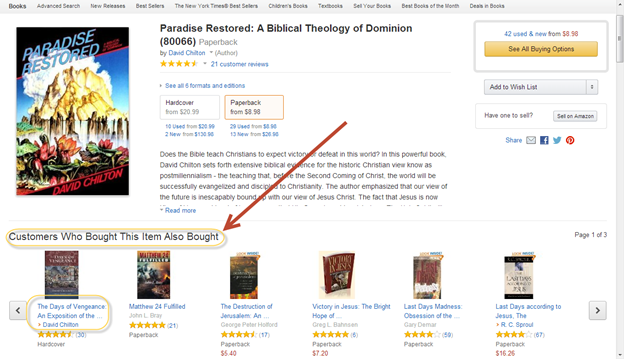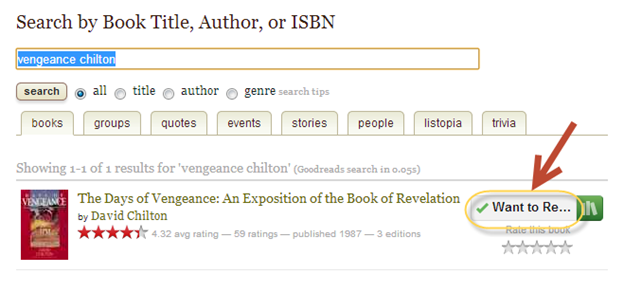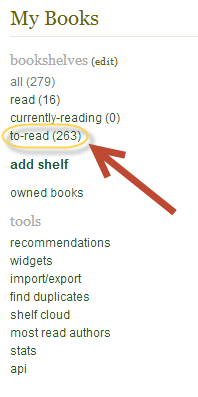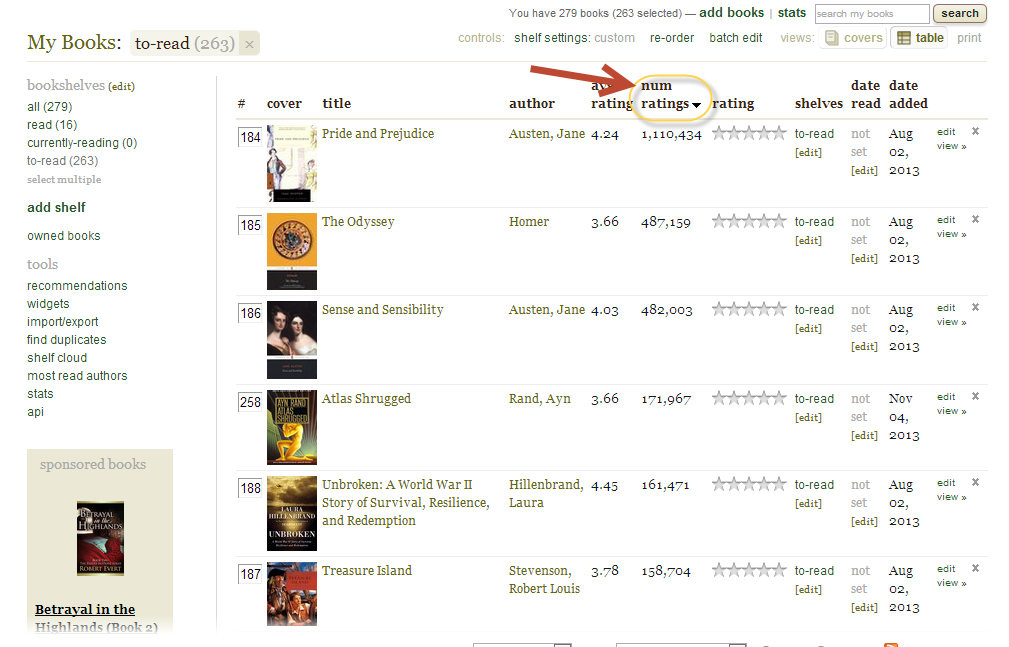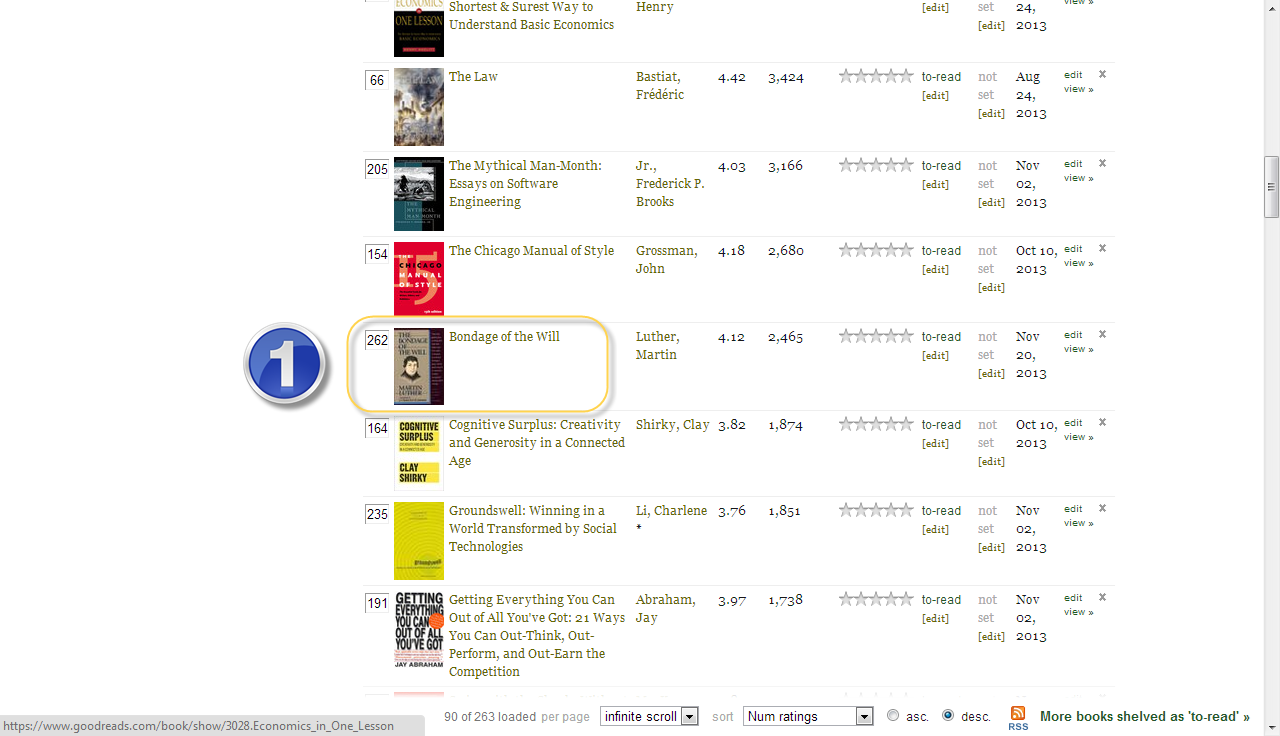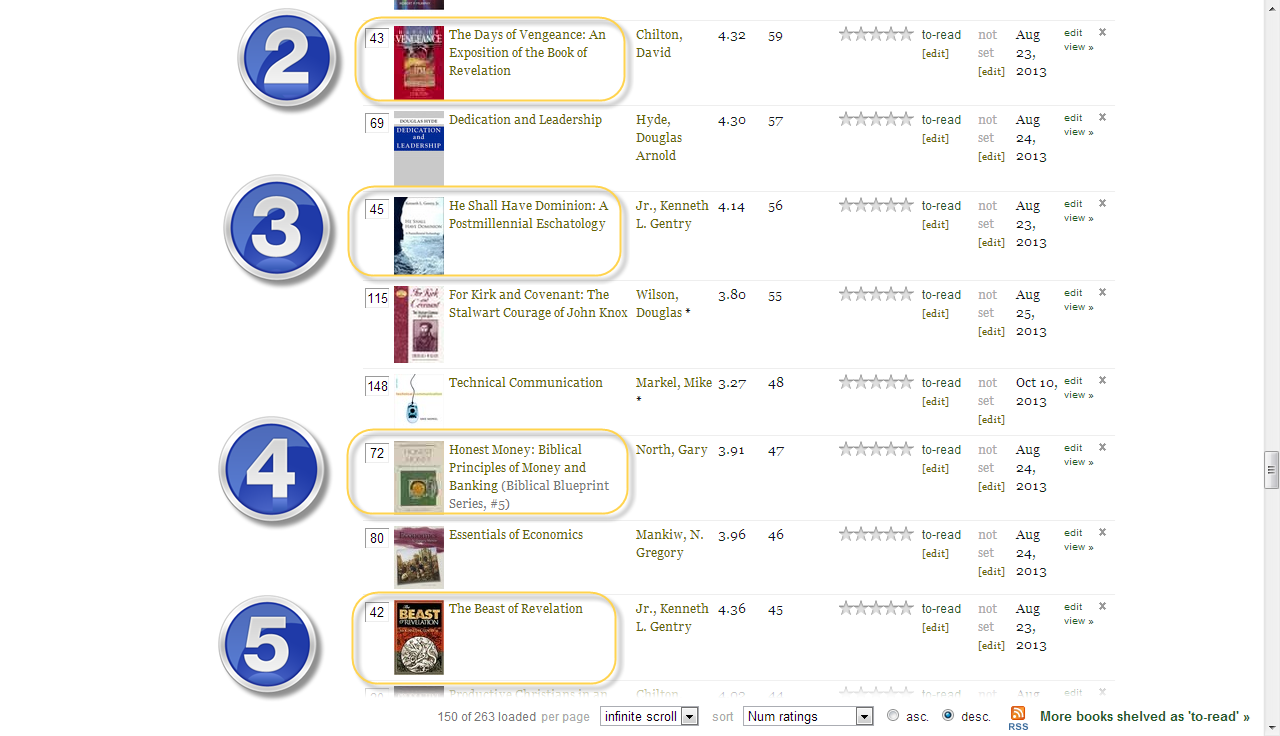My 15, soon to be, 16 year old son Jonathan jr. has been very excited about the new tool he just acquired from his work savings: a DJI Phantom drone with GoPro3 camera. Why am I sharing this with you? To encourage you with an excellent example of how to be flexible in the development of talent in the life of your older child. Because, remember that if you try to fully identify your child’s talent early on, it is likely too crowded already for your son or daughter to bring significant extra value to others.
There are several skills being deliberately developed in my oldest son’s life, some of them heavily tied to our family’s business so he can develop business acumen.
One of those skills he uses in the business involves basic photography as we have had to use a good camera for taking product shots and take short videos for my wife to promote our business. From there, we gradually called on him to do more and more of the advanced product shots. By frequently working with the camera, he gradually got comfortable enough to want to do several short fun films on his own, using neighborhood friends as an experiment. It made him quickly realize that though the filming was good experience, it was not easy to get many young people to work consistently together. This prompted him to read up on professional storyboarding and to have a plan for filming each scene instead of leaving too many things to chance. He was also was becoming aware that shooting clever films was not sufficient in itself to bring value to others beyond his immediate circle of friends. His desire for wanting to fulfill some market value for others grew with it.
Next he met a distant family friend who happened to have a camera drone in his possession. This family friend showed him some of the possibilities of areal photography. This greatly piqued my son’s curiosity to the potential to film interesting video that adults would also find very attractive. He quickly became an even bigger follower on YouTube and Instagram of a new crop of videographers who were using drones for commercial shots. In addition to this, I agreed to a monthly subscription of Adobe Creative. That subscription is giving him full access to all the graphic and video editing software that he could possibly use at this stage of his talent growth. Additionally, as part of his normal homework assignment, he has to create at the end of each of his daily Western Civilization lectures, a graphic capturing the summary and intent of the lecturer’s purpose. This daily and consistent output has built up his confidence that he could handle editing the video footage from a drone. This motivated him to work work extra hard this past fall in order to save up money to buy a drone for himself. Now he has it! And he filmed his first test video for what he could do to showcase real estate that is for sale. Perhaps there is some space in that market into which he can bring value to others and he is going to explore the possibility. Day after day, he has been getting up early or going out in the evening to test the capabilities of his tool.
What I hope others will see in the recount of this example, is that they can also imitate this flexibility in order to start skills now that don’t fall within a the scope of a textbook or store-bought curriculum.
Following the principles in the guide “How to Discover and Develop Your Child’s First 100 Hours of Talent“, here are some actions my son took to get him where he currently is:
- he used an asset that our family already had: a high end digital camera
- he practiced simple photography skills by providing value to our home business: through product shots and talking head videos. This gave us, as parents, the emotional desire to keep seeing him spend time getting good in this area, because the home business is important to our specific household.
- he combined his video and graphic editing into his normal RonPaulCurriculum.com school time: this reinforced his learning of otherwise dry material and it built up his ability to manipulate software editing tools for graphics and video.
- this motivated him to follow closely over the Internet and start chatting directly with professionals using a new technology that is opening up a new, uncrowded market into which a young person has space to potentially make videos that others will pay him handsomely for.
Your Call to Action: If your son or daughter has followed an interesting talent development path of his own, using the changing environment of his assets and your family’s people connections, please email me your story so I can share it with others.






